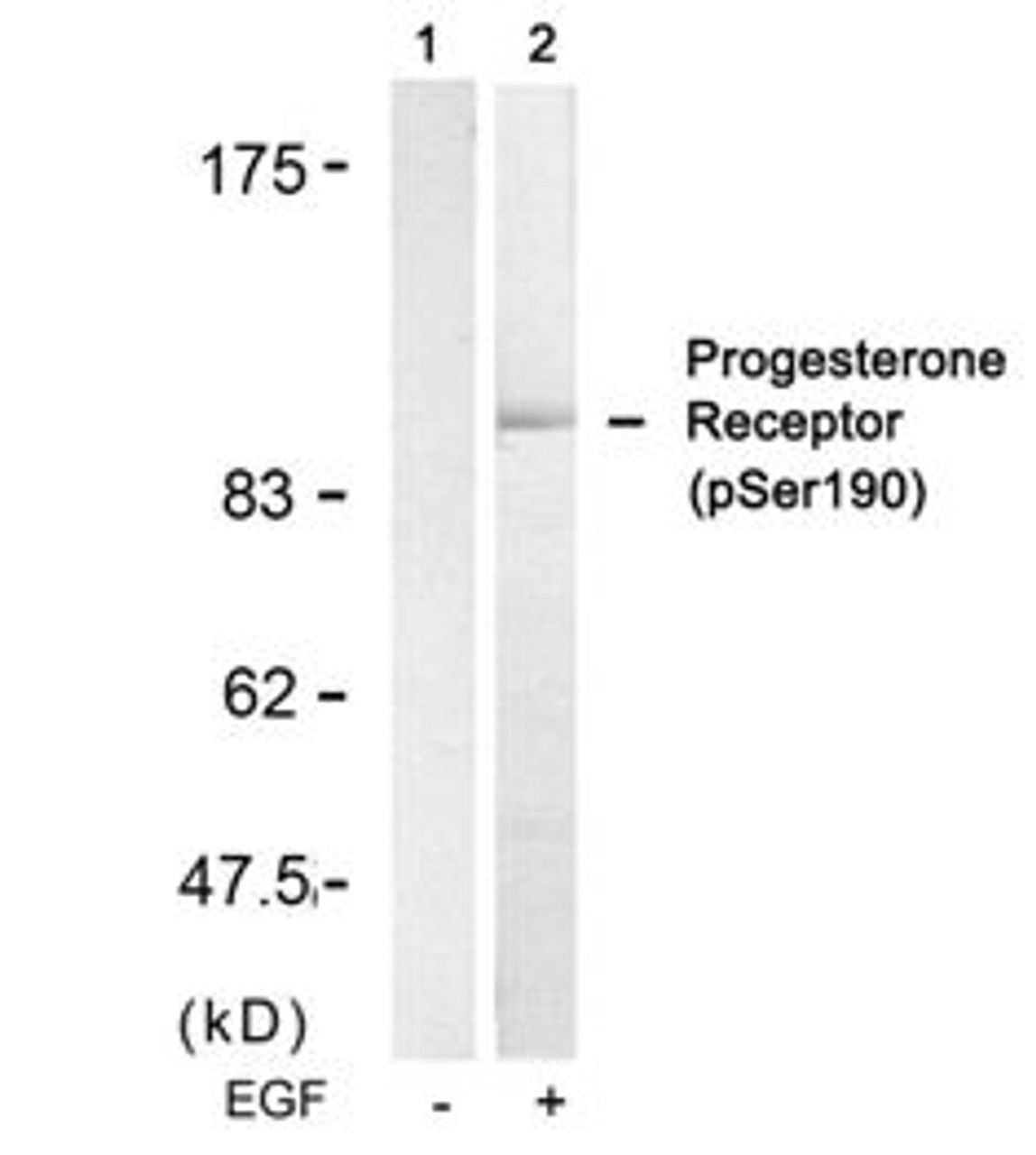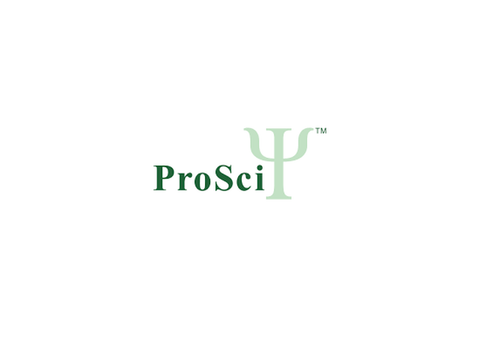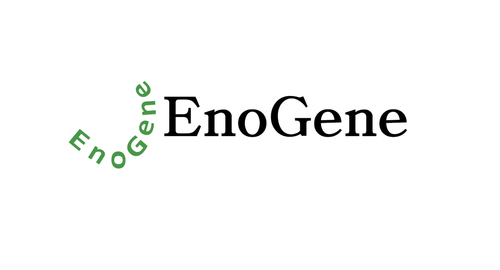Product Description
Progesterone Receptor (phospho Ser190) Antibody | 79-138 | ProSci
Host: Rabbit
Reactivity: Human
Homology: N/A
Immunogen: Progesterone Receptor (Phospho-Ser190) antibody was raised against a peptide sequence around phosphorylation site of serine 190 (G-L-S (p) -P-A) derived from Human Progesterone Receptor.
Research Area: Phospho-Specific
Tested Application: WB, IHC, IF
Application: Western Blot: 1:500~1:1000, Immunohistochemistry: 1:50~1:100, Immunofluorescence: 1:100~1:200
Specificiy: This antibody detects endogenous level of Progesterone Receptor only when phosphorylated at serine 190.
Positive Control 1: N/A
Positive Control 2: N/A
Positive Control 3: N/A
Positive Control 4: N/A
Positive Control 5: N/A
Positive Control 6: N/A
Molecular Weight: 99 kDa
Validation: N/A
Isoform: N/A
Purification: Antibodies were purified by affinity-chromatography using epitope-specific phosphopeptide. Non-phospho specific antibodies were removed by chromatogramphy using non-phosphopeptide.
Clonality: Polyclonal
Clone: N/A
Isotype: N/A
Conjugate: Unconjugated
Physical State: Liquid
Buffer: Antibody supplied in phosphate buffered saline (without Mg2+ and Ca2+) , pH 7.4, 150mM NaCl, 0.02% sodium azide and 50% glycerol.
Concentration: 1 mg/mL
Storage Condition: Store antibody at -20˚C for up to one year.
Alternate Name: PR, NR3C3, IL10R, PGR, PRGR
User Note: N/A
BACKGROUND: Progesterone receptors (PRs) are nuclear hormone receptors of the NR3C class, which also includes mineralocorticoid, glucocorticoid and androgen receptors. They exist as homodimers coupled to Hsp90 or HMGB proteins, which are shed upon activation. The major signaling pathway used by progesterone receptors is via direct DNA binding and transcriptional regulation of target genes. They can also signal by binding to other proteins, mainly with transcription factors such as NF-κB, AP-1 or STAT. Progesterone receptors are found in the female reproductive tract, mammary glands, brain and pituitary gland and receptor expression is induced by estrogen. Well established functions of progesterone receptors include ovulation, implantation, mammary gland development and maintenance of pregnancy. In addition, progesterone, signaling through the progesterone receptor, increases the ventilatory response of the respiratory centers to carbon dioxide and decreases arterial and alveolar PCO2 in the luteal phase of the menstrual cycle and during pregnancy. The human gene encoding the progesterone receptor has been localized to 11q22.
 Euro
Euro
 USD
USD
 British Pound
British Pound
 NULL
NULL













![Progesterone Receptor (phospho Ser190) Antibody [1154] Progesterone Receptor (phospho Ser190) Antibody [1154]](https://cdn11.bigcommerce.com/s-452hpg8iuh/images/stencil/500x659/products/553254/761199/porsci_lo__79508.1648973713__76126.1649086185.png?c=2)


